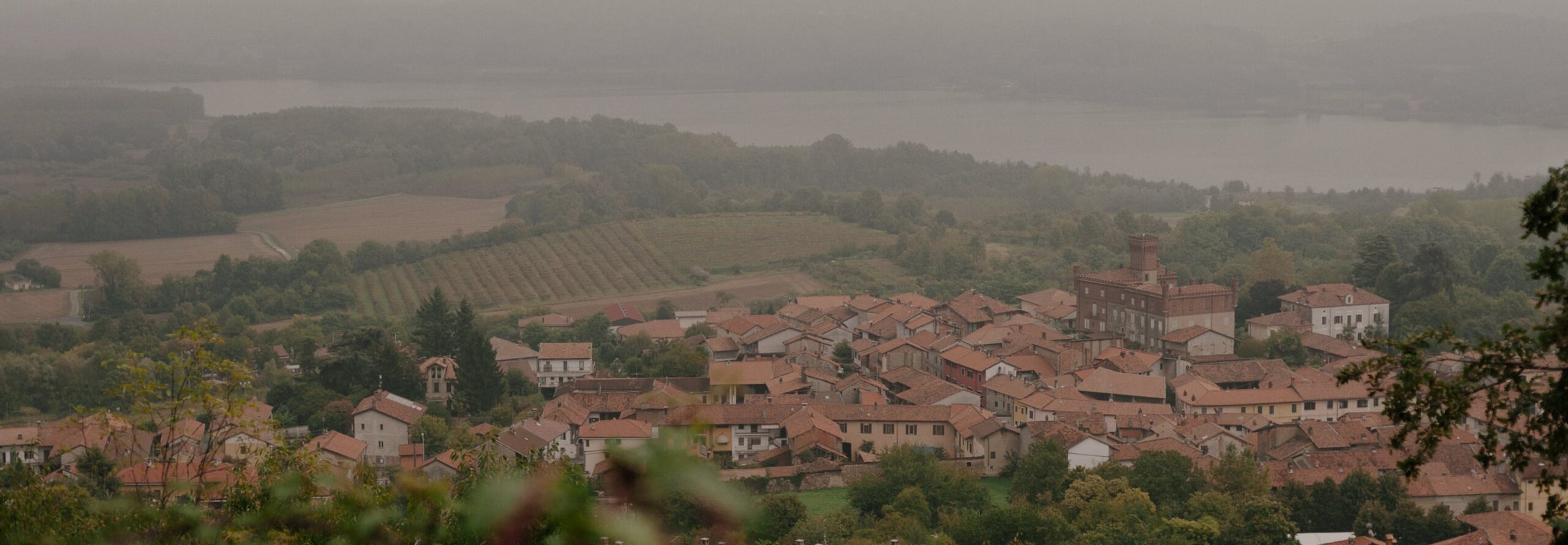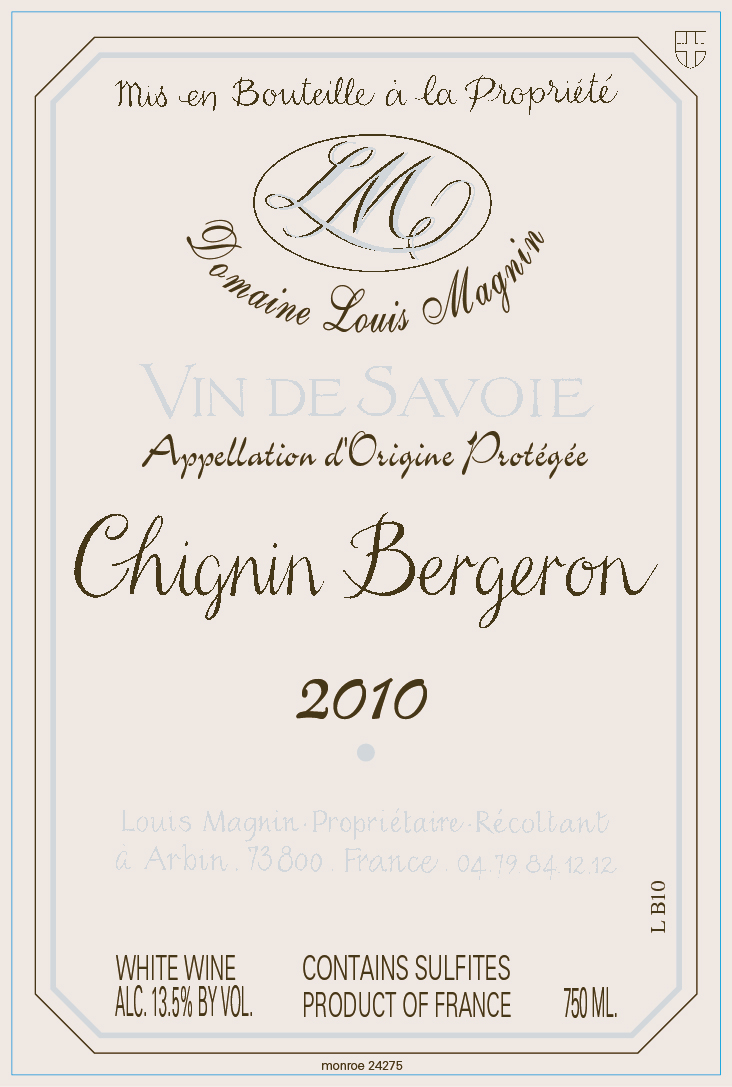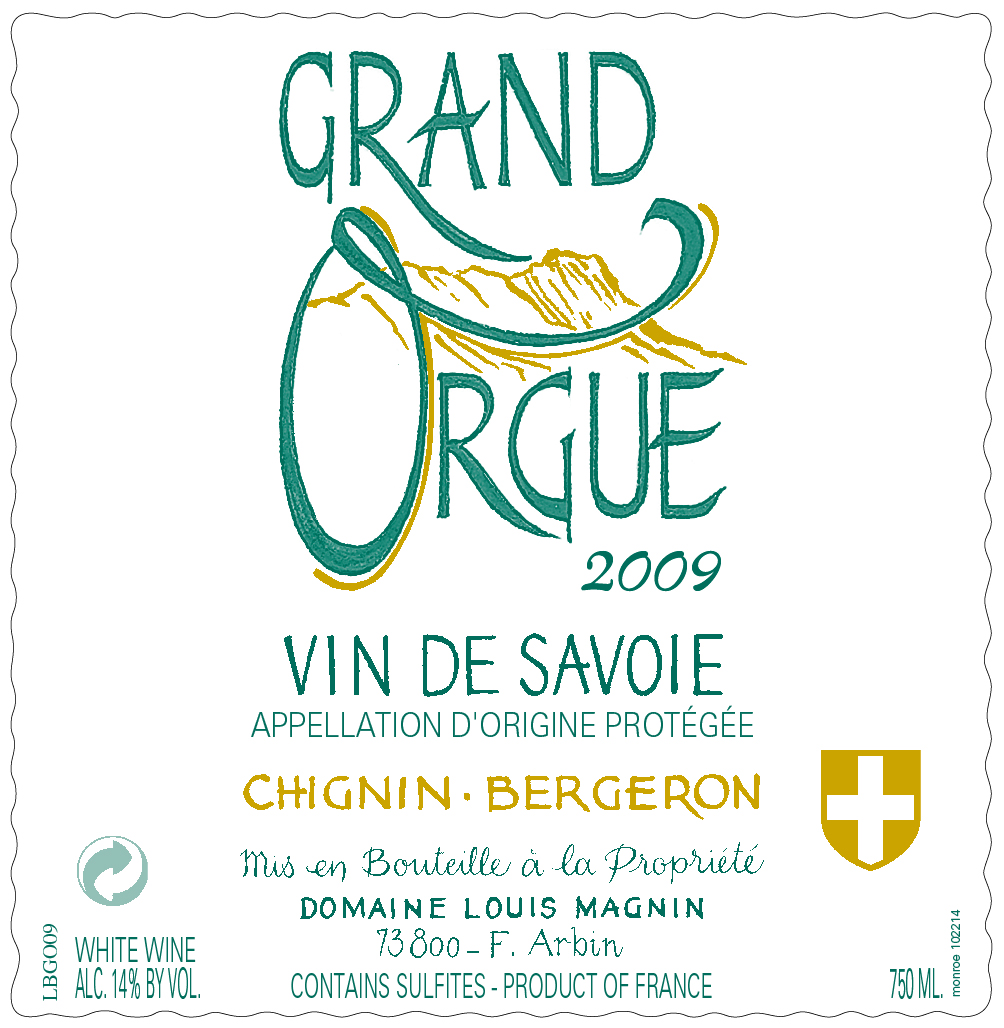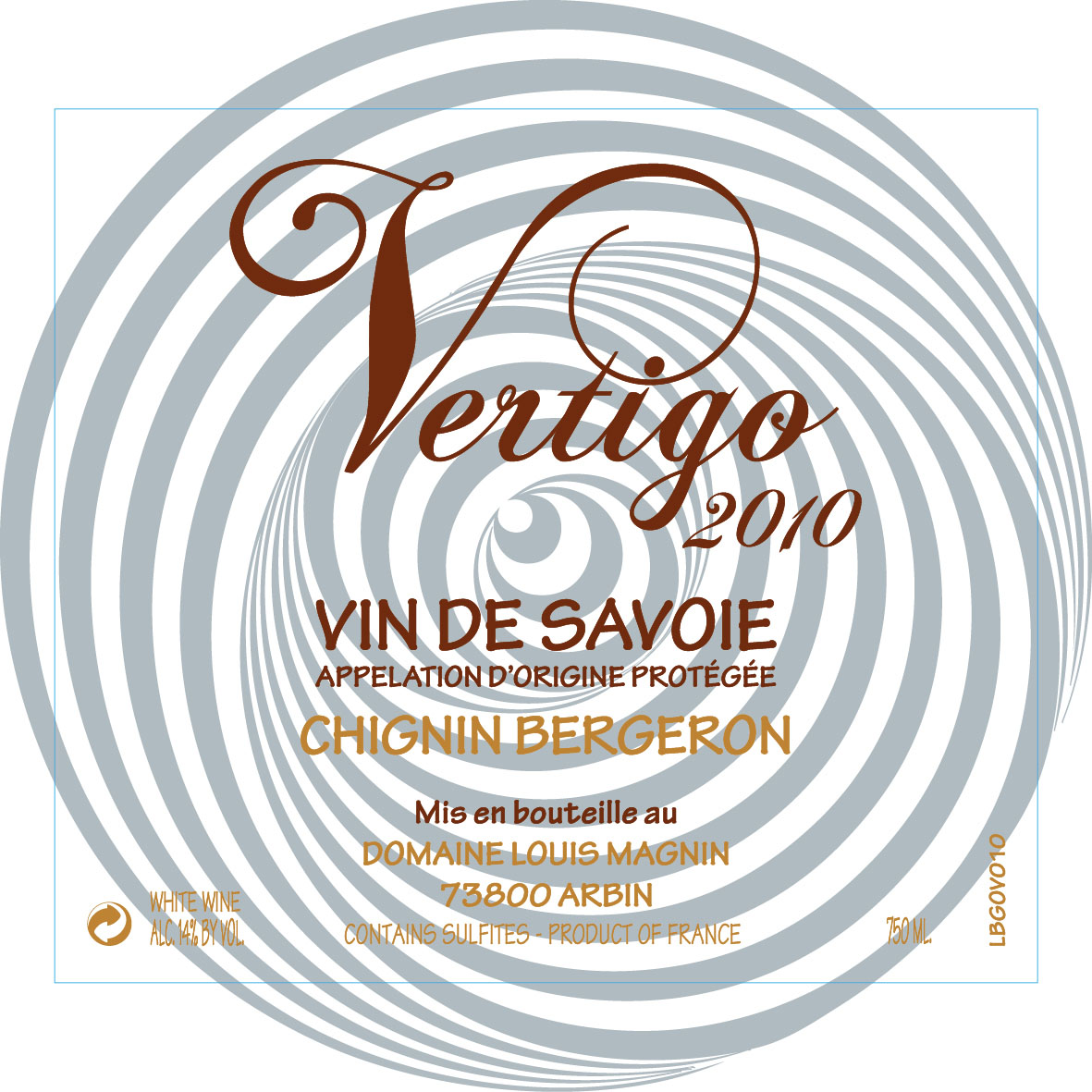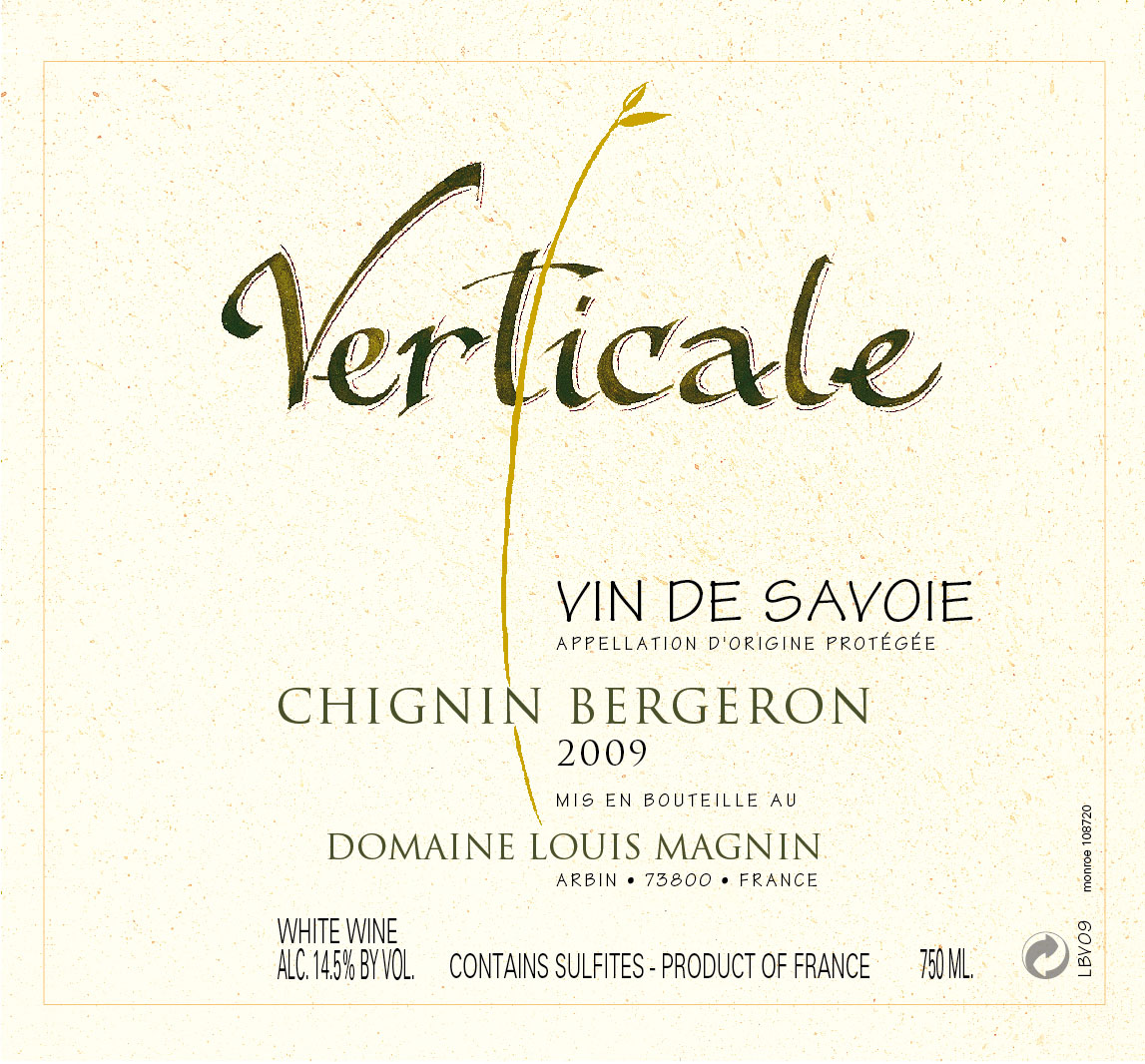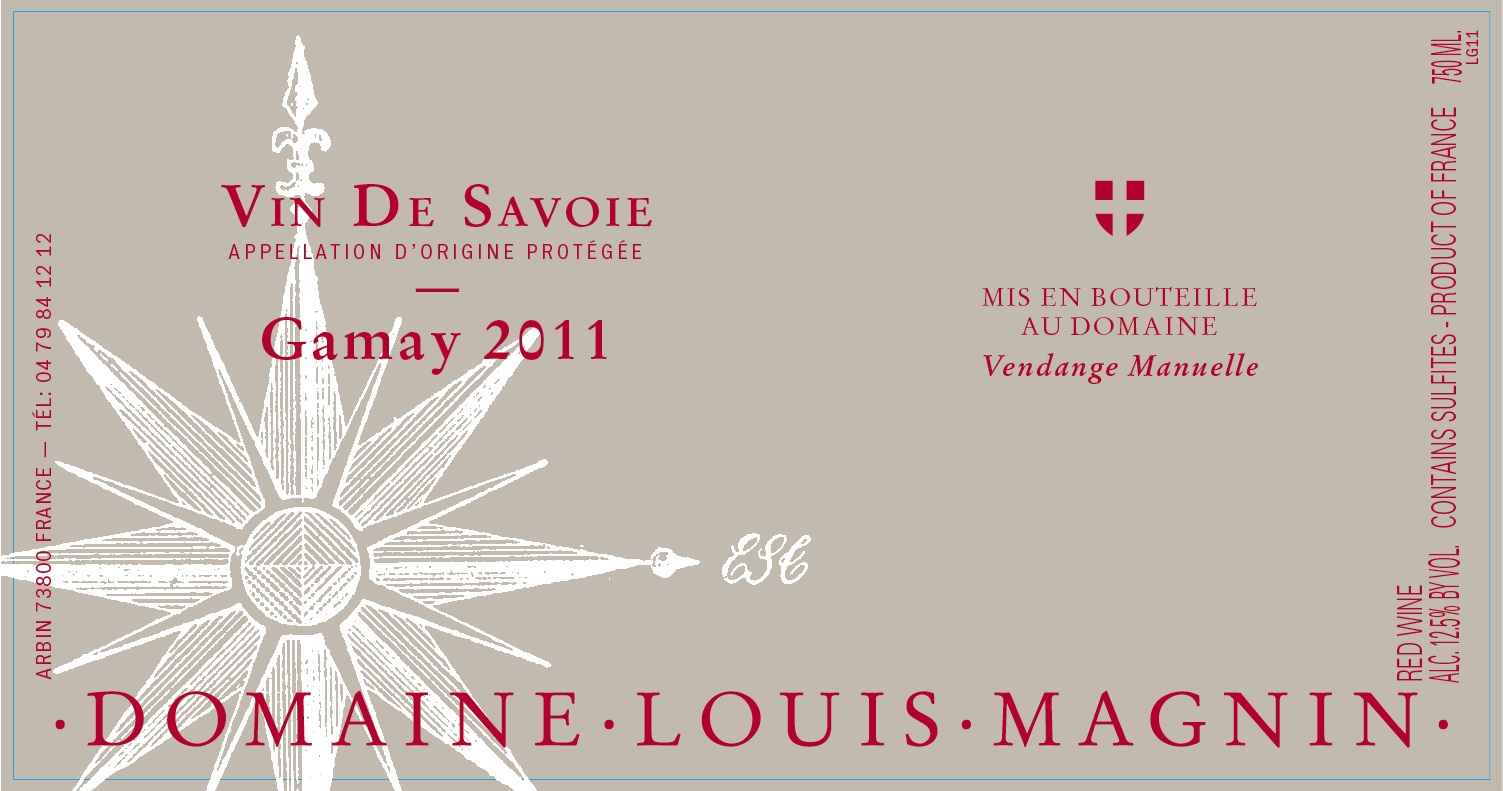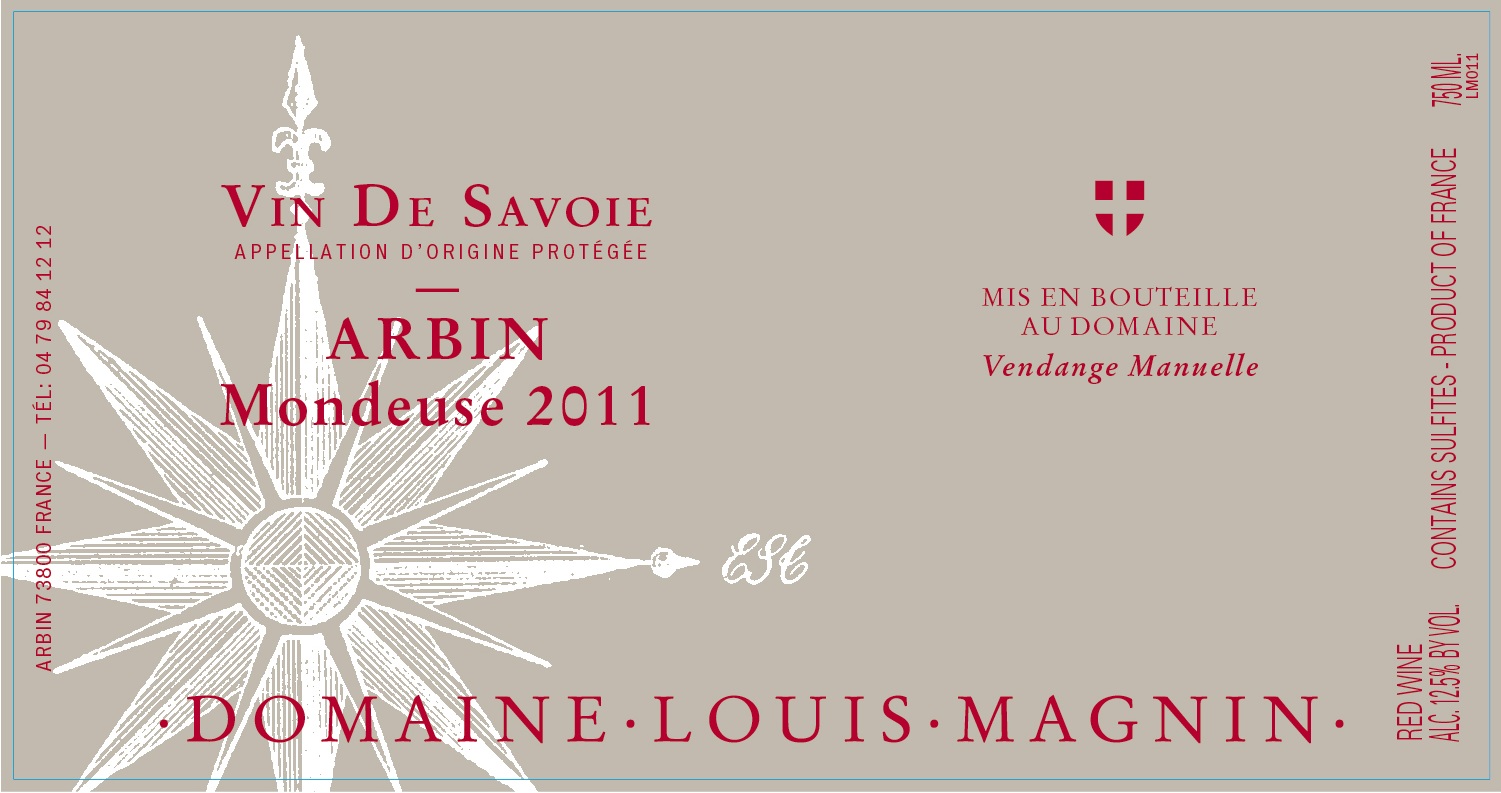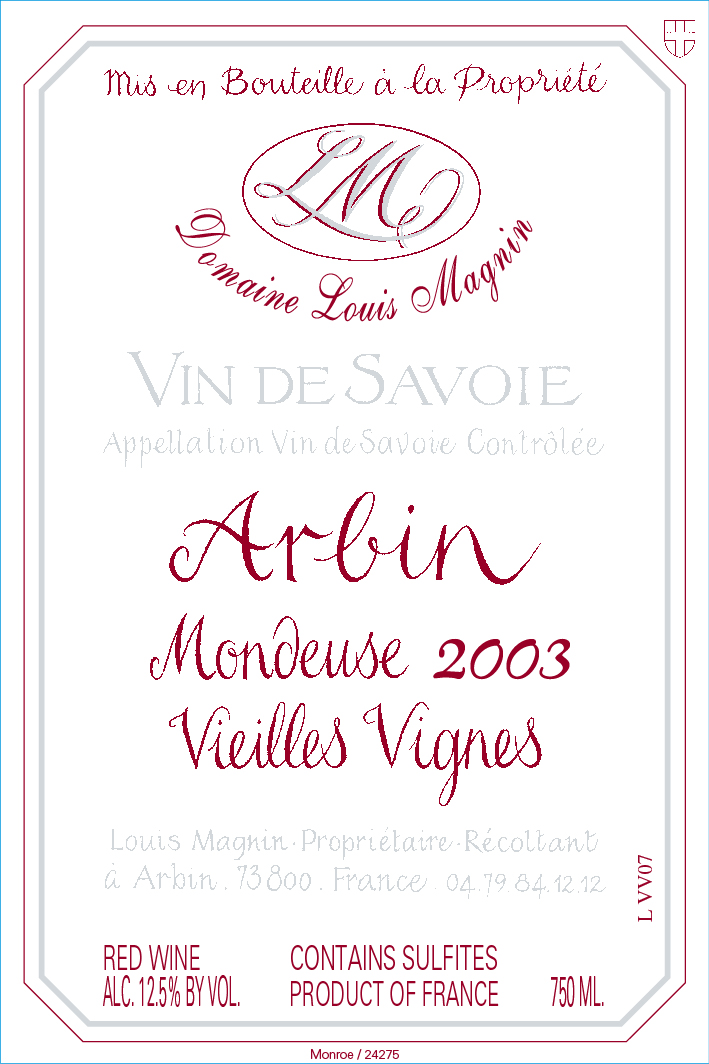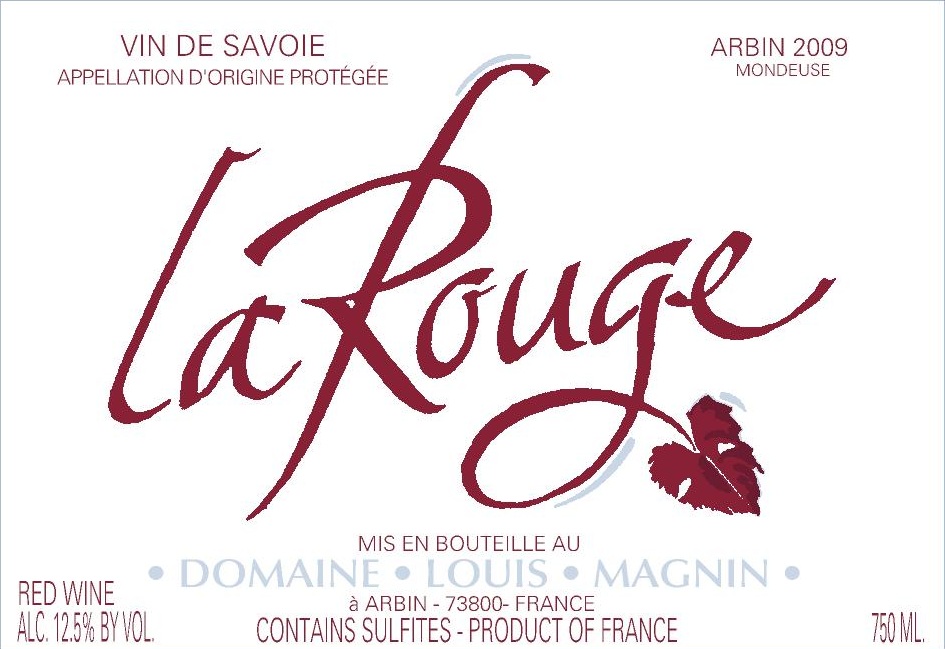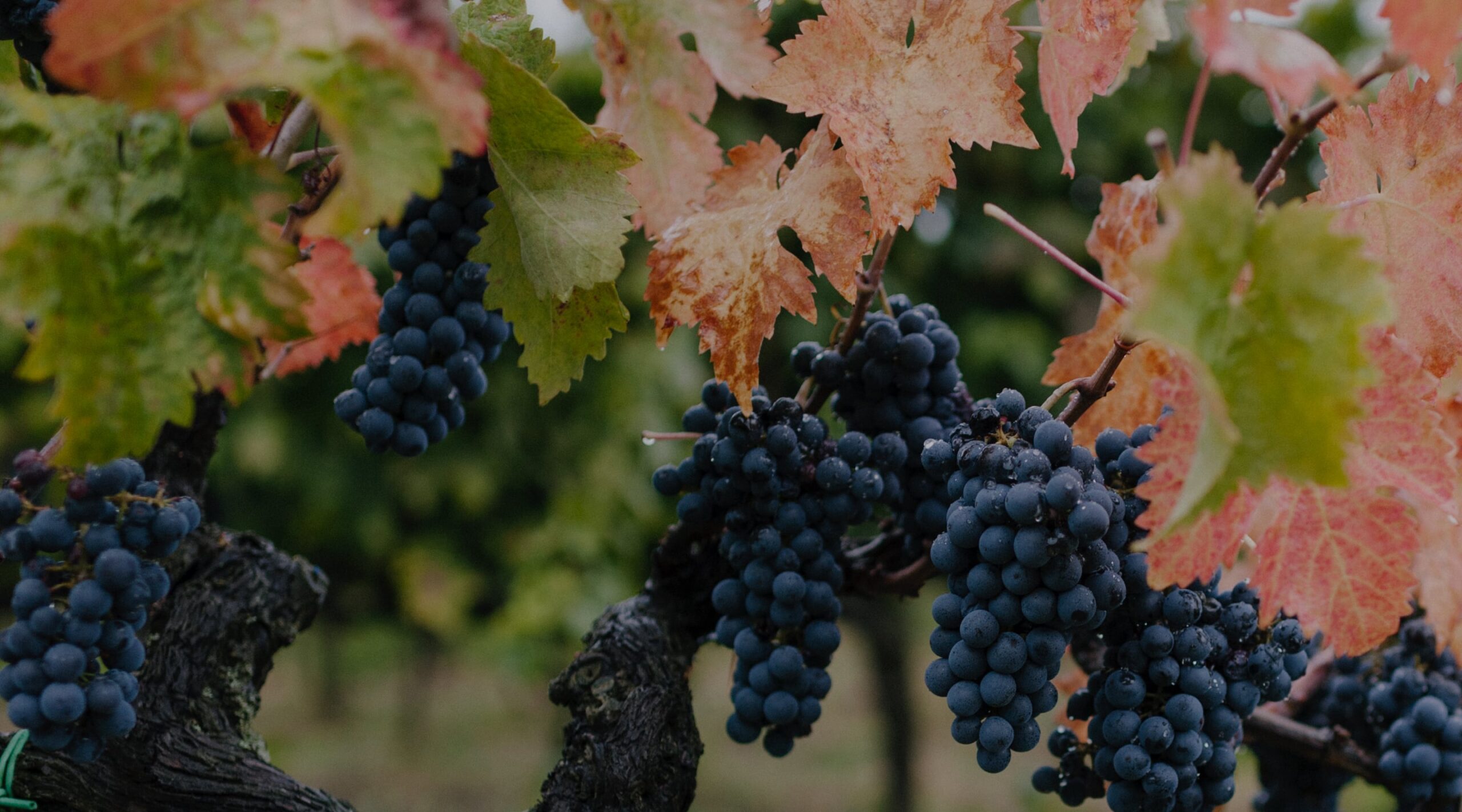
Domaine Louis Magnin
Wines
Arbin
Chignin Bergeron
The Roussanne vines used to produce the Chignin Bergeron are planted in a series of sites comprising about 2.75 hectares on steep slopes within the confines of Montmélian, part of the “Combe de Savoie”. The harvest is entirely manual; the grapes are pressed whole and racked off the heavy lies for the alcoholic fermentation; the malolactic follows and the wine is left on the fine lies in stainless steel until bottling; no sulfur is added during this process except for a small dosage at the moment of bottling. The Chignin-Bergeron from Magnin is lively, slightly saline, very fine and persistent on the palate. It benefits from several years of aging which allows time for the wine to become less austere and more generous.
Chignin Bergeron, “Grand Orgue”
The “Grande Orgue” (or “organ” as in the musical instrument) is the prestige cuvée in white of the domaine. The grapes for this selection come from two parcels of the oldest vines of the estate. Vinified in a manner similar to its companion Chignin-Bergeron, the “Grande Orgue” is more ripe, round and fat without giving up the discipline that makes these wines of the Savoie so compelling. Frequently reaching 13% alcohol without the addition of sugar, this elite wine is marked by notes of anise preceding a penetrating finish of bristling minerality.
Chignin Bergeron, “Vertigo”
“Vertigo” comes from the blend of the “Vertigo” and “Grand Orgue” parcels for the 2010 vintage. Harvest took place on October 12, producing rich, ripe grapes for a wine with 27 grams of residual sugar while remaining composed with an invigorating freshness.
Chignin Bergeron, “Verticale”
100% Roussanne from one incredibly steep parcel of vines in the Montmélian sector perched high above the village of Arbin that has been farmed according to biodynamic principles since 2007. It takes its name from the rooting of the vine perpendicular to the slope despite a limestone slab of nearly 1 meter. A sleek, elegant expression of Roussanne, with impeccable balance.
Roussette de Savoie
The second white of the domaine, the Roussette is produced from the Altesse grape. Unlike its companion white, the Chignin-Bergeron, twenty percent of the Roussette is raised in small to medium-sized barrels. The vines are in two separate sites, the principal one of which is known as “Les Rochettes”. The total acreage devoted to the Roussette is seven- tenths of an hectare. Annual production levels can vary dramatically, yielding anywhere from 25 hectoliters per hectare to 40 hl/ha. The resulting wine is marked by honey, beeswax and a persistent minerality; there is firm acidity that is balanced by several grams of residual sugar (in the neighborhood of 5 grams, for example, in the 2010 version.
Gamay
One of the most irrepressibly, purely delicious wines of the cellar! The alpine terroir brings to this Gamay good density with a brisk energetic texture to both nose and palate; beyond your ordinary gamay ...
Arbin, Mondeuse
The classic cuvée from the domaine is produced from several parcels scattered about Arbin. The grapes, harvest manually, are destemmed before crushing. The period of maceration can last for as long as 12 days with daily pigeage in the first days. The élevage is principally in stainless steel but a small percentage is left to age in older barrels. The Mondeuse “Classique” is a rustic wine with a slight smokiness to the nose, herbaceous and spicy on the palate and marked by gentle tannins in the finish.
Arbin, Mondeuse, “Vieilles Vignes”
Produced from 1988 to 2005 from very old mondeuse vines that Louis’ grandfather planted on soils of ancient red clay. Aged in stainless steel vats for 18 months on the fine lees.
Arbin, Mondeuse, “La Rouge”
A cuvée from a parcel of 60-year-old vines within the lieu-dit of Les Rochettes above Arbin, with soils marked by red clay and stones which have fallen from the mountain and broken down over millennium. This wine undergoes a two-week maceration and is aged in large tronconique barrels for one year. A classic Mondeuse, the nose is pointed with a refreshing cherry fruit. It is open on the palate, and there is a slightly bitter stone-fruit note and a lively, fresh acidity. Juicy and satisfying, a wine of substantial structure. Only 25 cases imported.
Arbin, Mondeuse, “Tout un Monde”
This cuvée is produced from very old vines (between 70 and 100 years of age). In this instance, the “Tout un Monde” is aged in older barrels of “demi-muid” size. The old vines give a formidable density to the wine with wild berry fruit, raspberry-like, married to notes of game and underbrush. The structure of this cuvée promises a long and rich life in the cellar and at the table.
